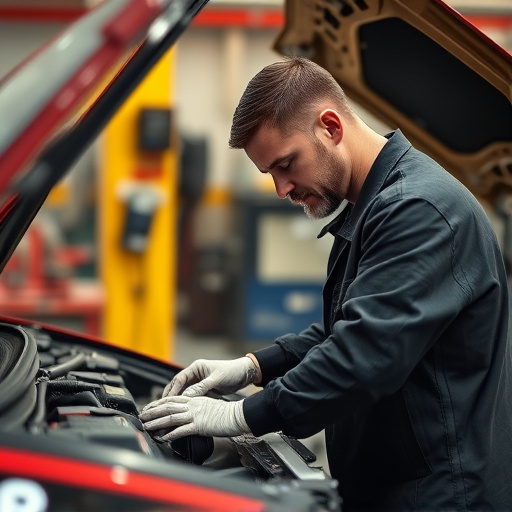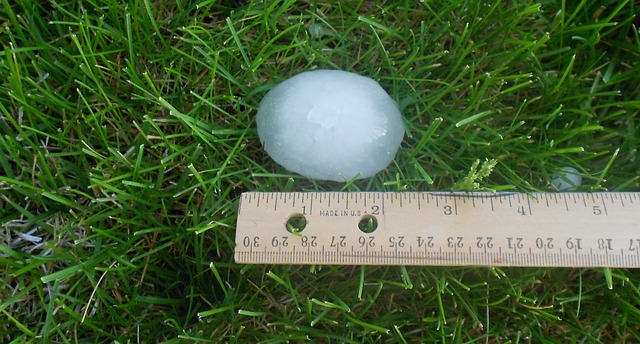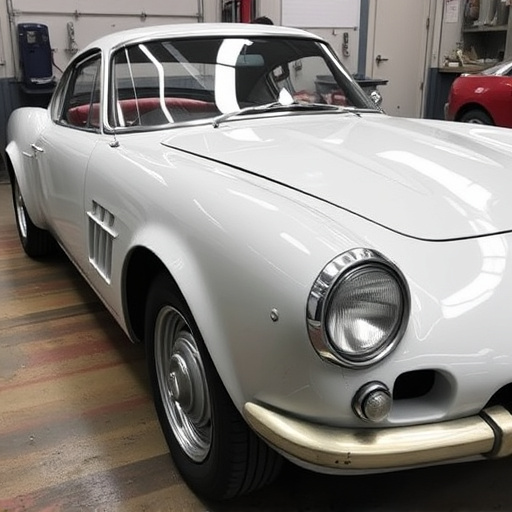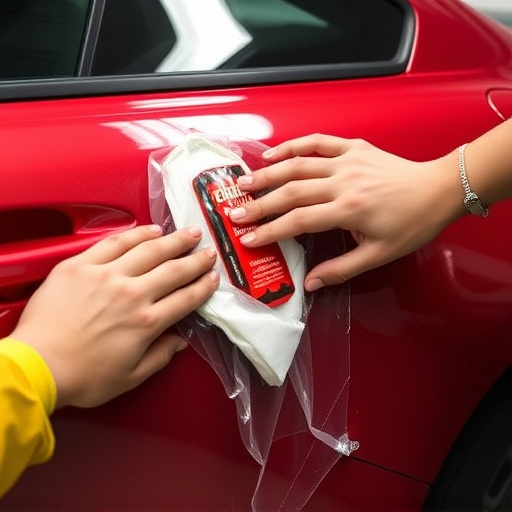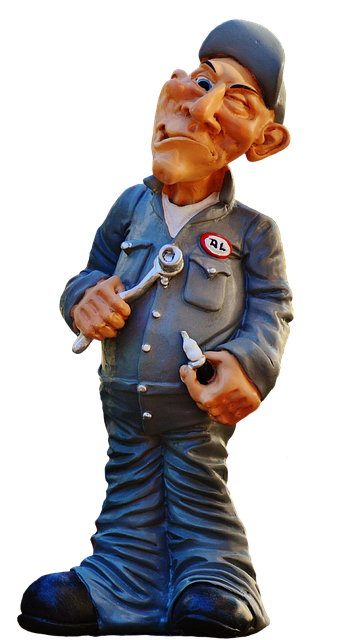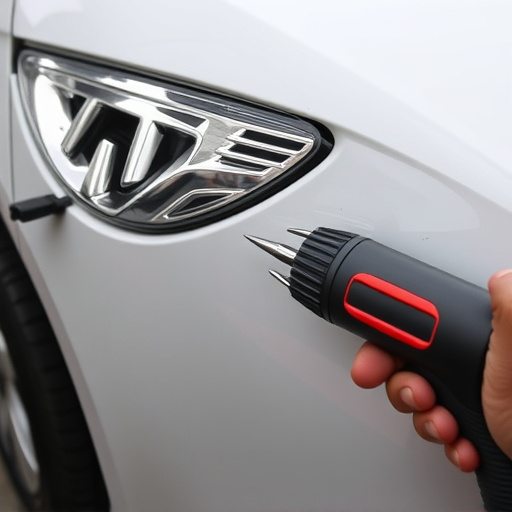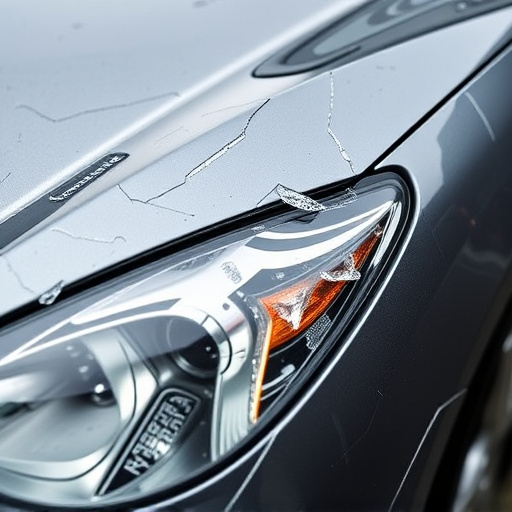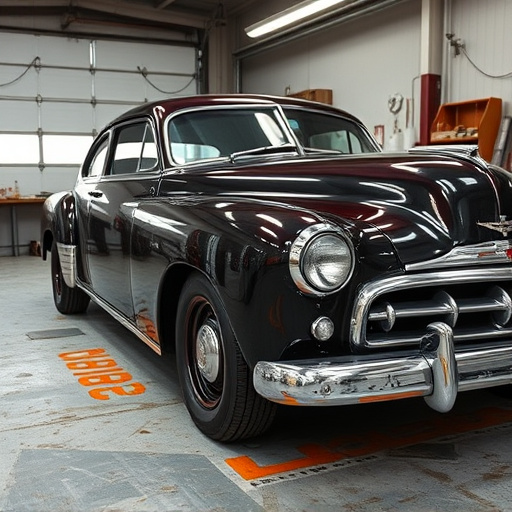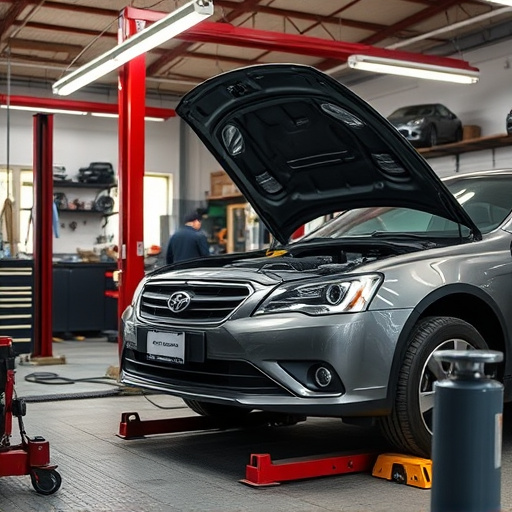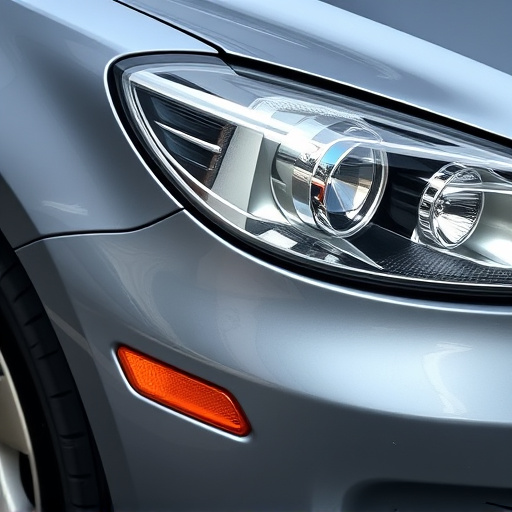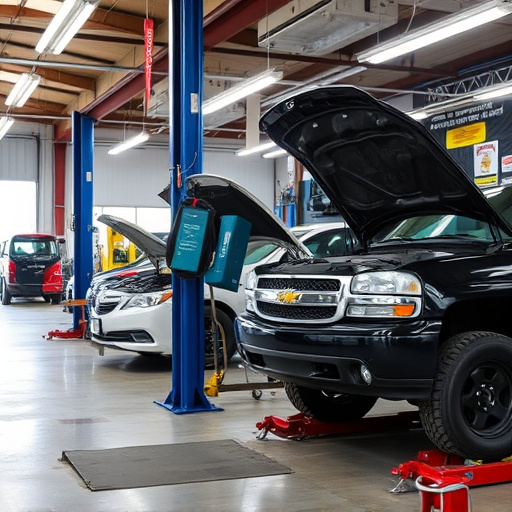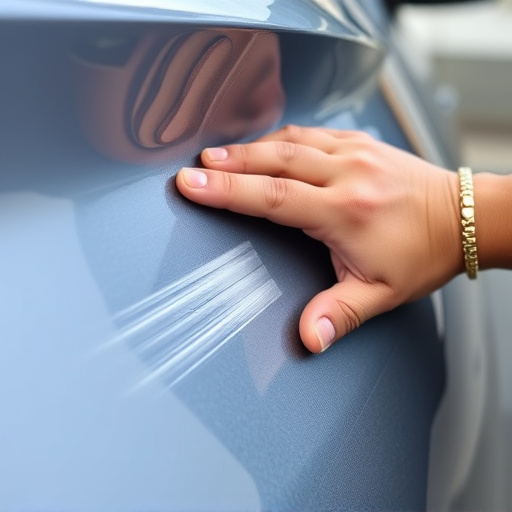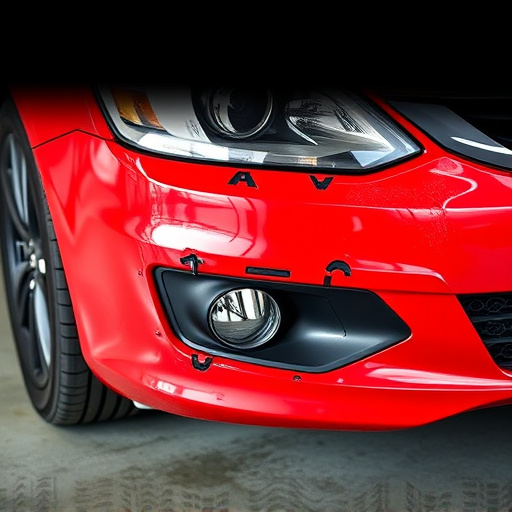Tesla's advanced suspension system requires regular checks for optimal performance and safety. Misalignments due to road debris, cargo, or driving habits can lead to handling issues and costly repairs. Recommended inspection intervals are every 5,000-10,000 miles or after impacts, ensuring a smooth ride, enhanced handling, and early detection of body work needs through proactive Tesla suspension alignment.
Tesla vehicles are renowned for their advanced engineering, but even with precision-engineered systems, regular checks of the suspension alignment are crucial. This article explores the intricacies of Tesla’s suspension system and guides owners on understanding when and how often to inspect their vehicle’s alignment. By factoring in usage patterns and environmental conditions, we’ll provide best practices for maintaining optimal handling and safety. Stay ahead of potential issues with your Tesla by mastering the art of suspension alignment checks.
- Understanding Tesla's Suspension System
- Factors Influencing Alignment Frequency
- Best Practices for Regular Checks
Understanding Tesla's Suspension System

Tesla’s suspension system is a complex network designed to deliver optimal performance and comfort. Unlike traditional vehicles, electric cars like Tesla utilize advanced engineering, incorporating adjustable air springs and precision-tuned dampers to ensure a smooth ride and precise handling. This innovative setup allows for customizable ride height and stiffness, catering to various driving conditions and personal preferences. Regularly checking the Tesla suspension alignment is crucial as it ensures these components work in harmony, maintaining optimal vehicle dynamics.
Over time, factors like road debris, potholes, or routine driving can impact the precision of the suspension alignment. A well-maintained luxury vehicle repair should include periodic checks to prevent excessive wear and ensure the vehicle remains safe and enjoyable to drive. In the case of any noticeable changes in handling or ride quality, it’s advisable to consult a specialist who understands the intricacies of vehicle repair for electric cars, as proper restoration can restore the car’s original performance and safety standards.
Factors Influencing Alignment Frequency

Several factors determine how frequently you should check your Tesla’s suspension alignment. One significant factor is the condition of your driving environment. If you navigate rough terrains, frequent potholes, or unpaved roads, your Tesla’s suspension takes a more substantial beating, necessitating more frequent alignments. Extreme weather conditions also play a role; harsh winters with frequent snow and ice can cause wear and tear, while intense summers might lead to uneven tire wear due to heat-induced expansion and contraction.
Additionally, the weight and frequency of cargo loading impact alignment. Heavily loaded vehicles or those frequently carrying heavy loads require more meticulous care, including regular suspension alignments. Furthermore, your driving habits significantly influence alignment needs. Aggressive driving styles, such as frequent hard braking or cornering at high speeds, can lead to increased wear on suspension components, requiring more frequent checks at an auto body shop compared to gentle, calm driving routines. Regular visits to auto repair near me for maintenance and checks can help ensure your Tesla’s suspension remains aligned and safe to drive.
Best Practices for Regular Checks

Regular checks of your Tesla’s suspension alignment are a best practice for several reasons. It ensures optimal handling and safety on the road, extending the lifespan of your vehicle’s critical components. A skilled technician at a reputable car repair shop can perform these checks using specialized equipment to detect even minor misalignments. This proactive measure prevents costly repairs down the line, as issues with suspension alignment can lead to problems with steering, braking, and vehicle handling.
When it comes to maintaining your Tesla’s suspension, timing is key. It’s recommended to have a professional inspection every 5,000 to 10,000 miles or during any significant impact events, like a fender bender or a trip over a speed bump. Regular care not only preserves the vehicle’s performance but also ensures that your ride remains smooth and comfortable, enhancing your overall driving experience. Moreover, keeping an eye on your Tesla’s suspension alignment can help you spot potential issues with the vehicle’s bodywork or even subtle scratch repairs before they become more serious problems.
Regularly checking your Tesla’s suspension alignment is a crucial aspect of vehicle maintenance, especially considering the dynamic nature of electric vehicles. By understanding the factors that influence wear and tear, such as driving conditions and terrain, you can ensure optimal performance and safety. Adhering to best practices for regular checks will help prevent costly repairs and maintain the smooth ride and handling for which Tesla is known. Remember, a well-aligned suspension not only enhances driving dynamics but also contributes to improved fuel efficiency and extended tire life.
